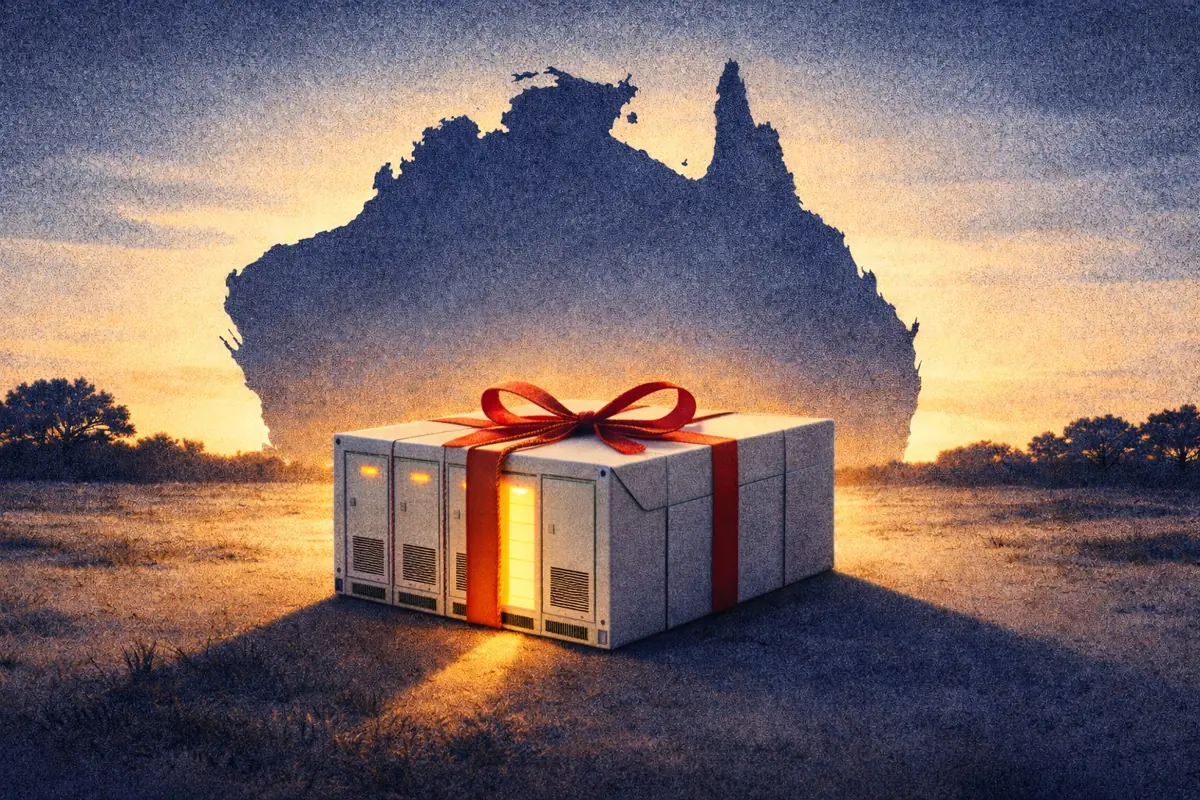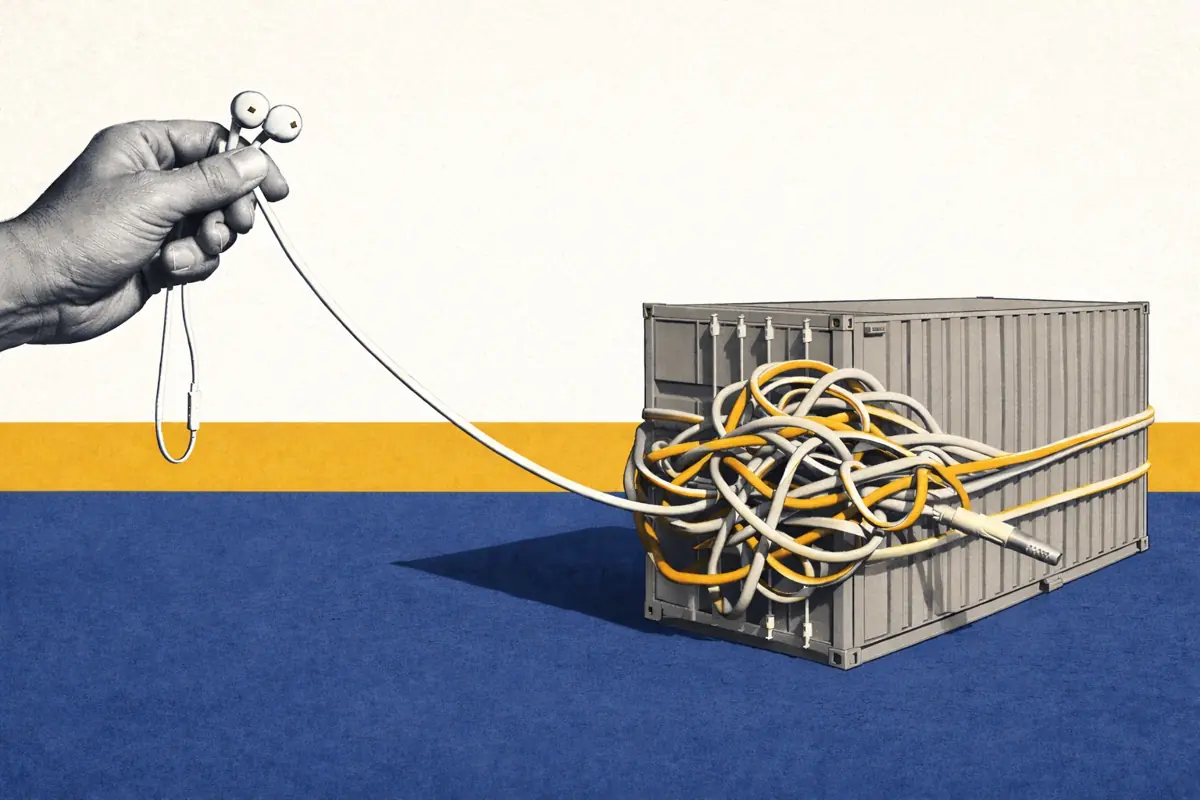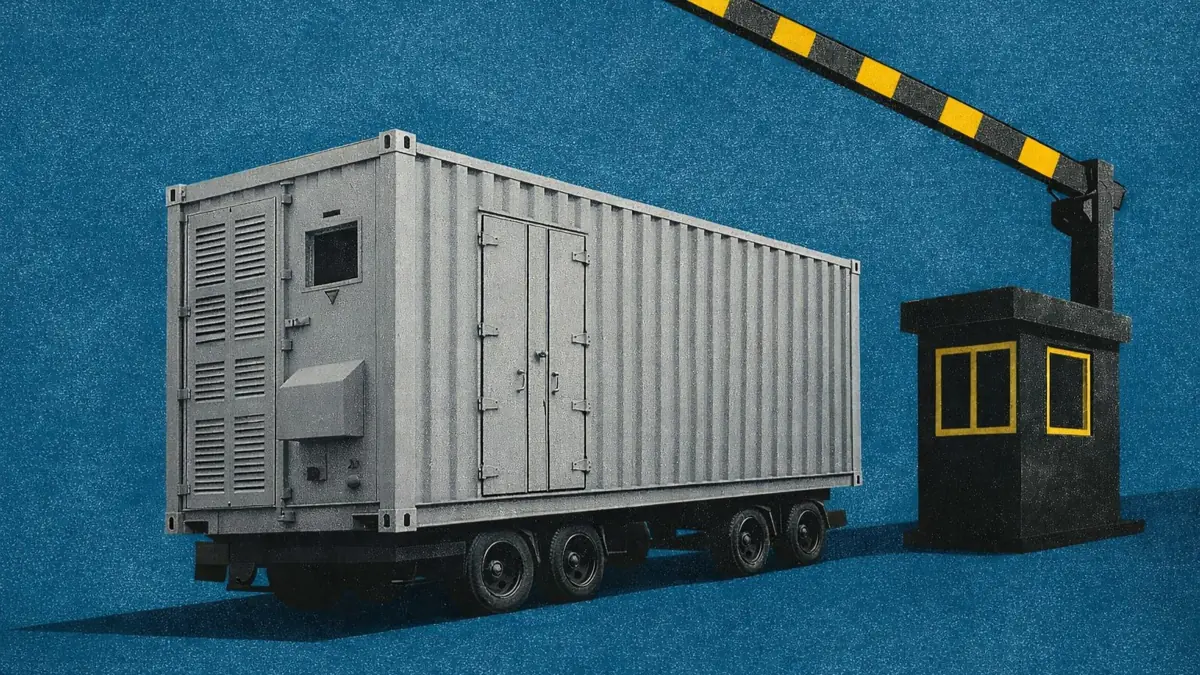03 July 2023
The growth of non-BM battery storage: what’s NIV chasing got to do with it?
Written by:
The growth of non-BM battery storage: what’s NIV chasing got to do with it?
Since the Summer of 2022, the number of non-Balancing Mechanism - or ‘non-BM’ - registered battery energy storage units has been increasing. This has ended a long trend of operational batteries switching to the Balancing Mechanism.
Get full access to Modo Energy Research
Already a subscriber?
Log in







